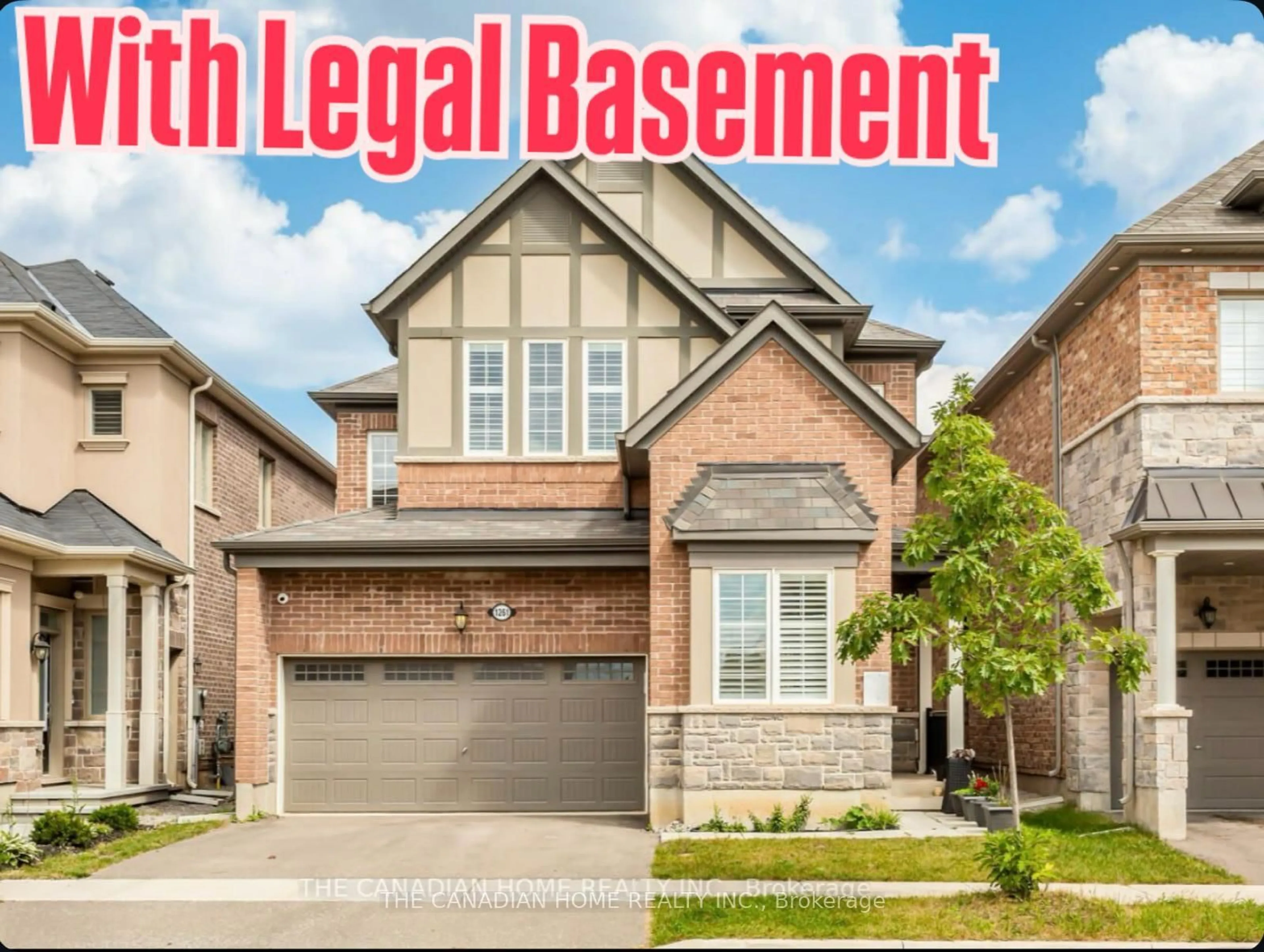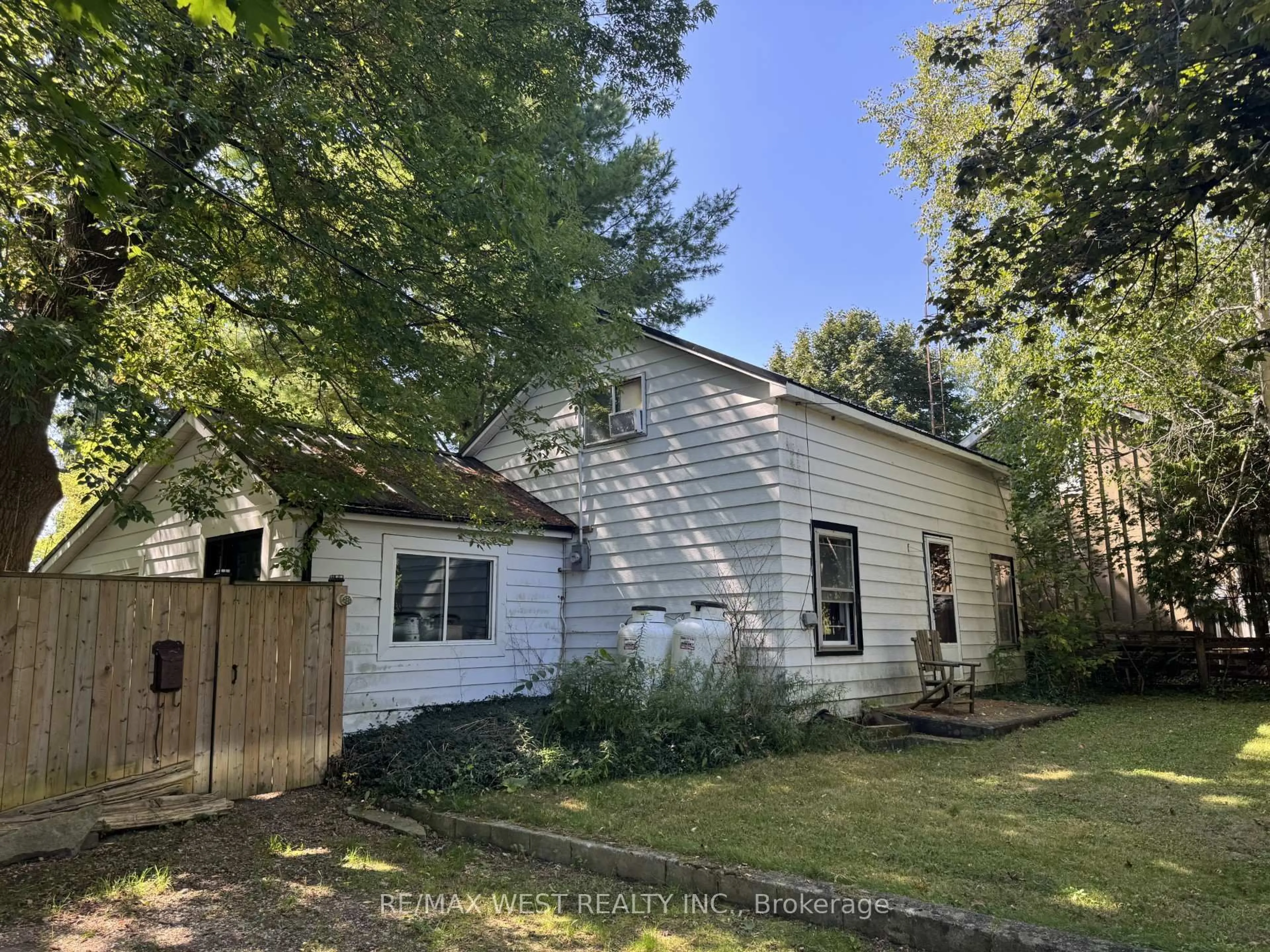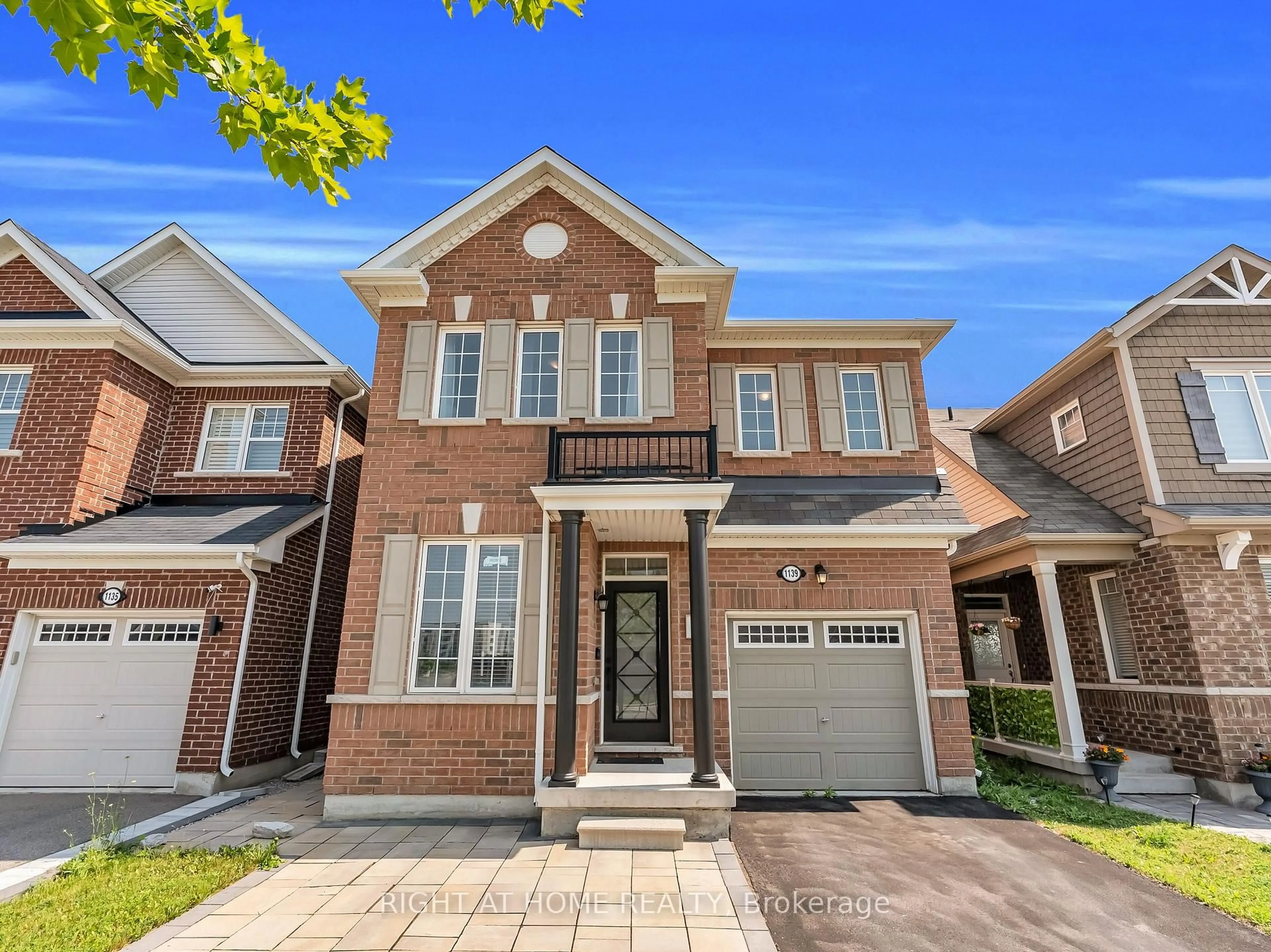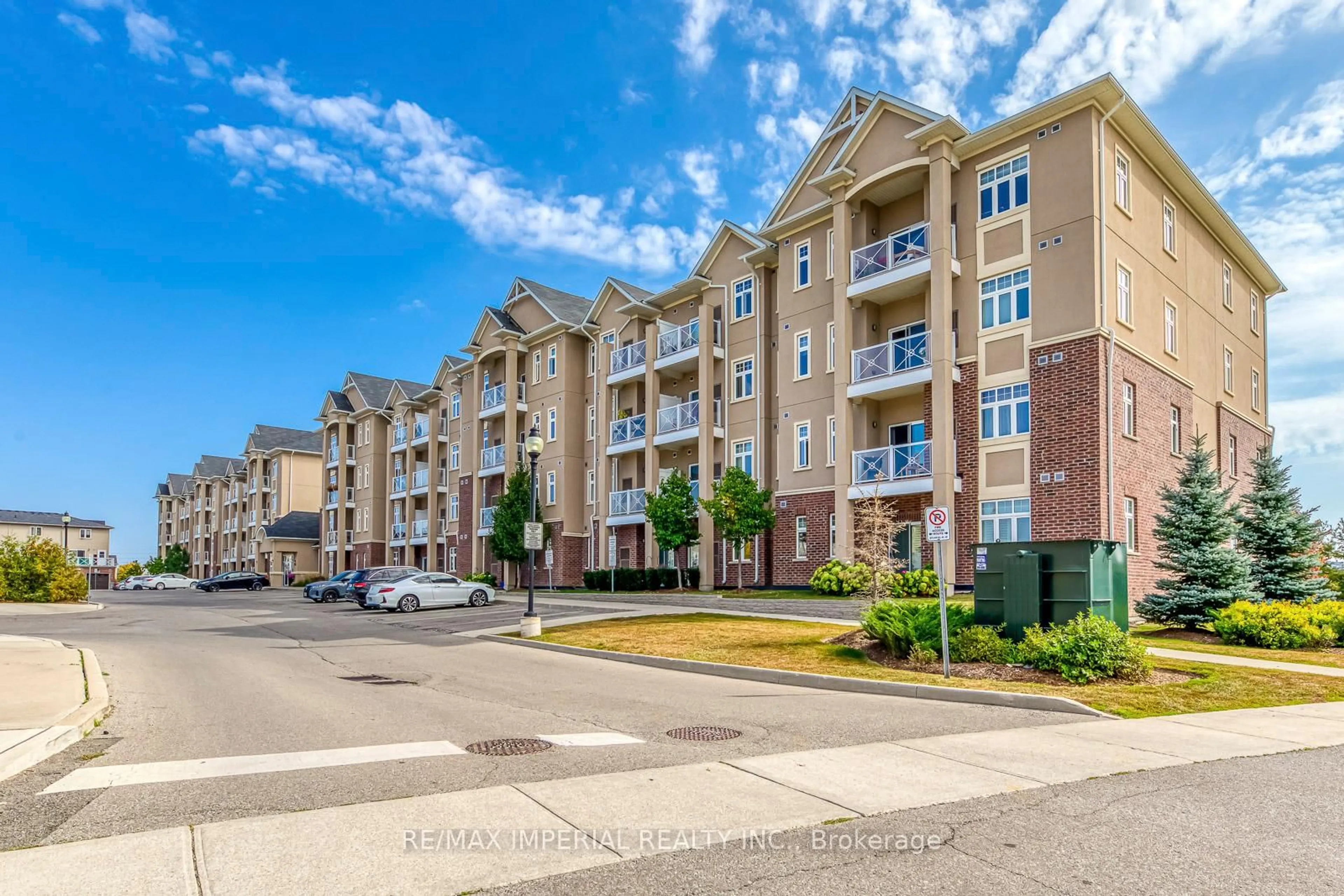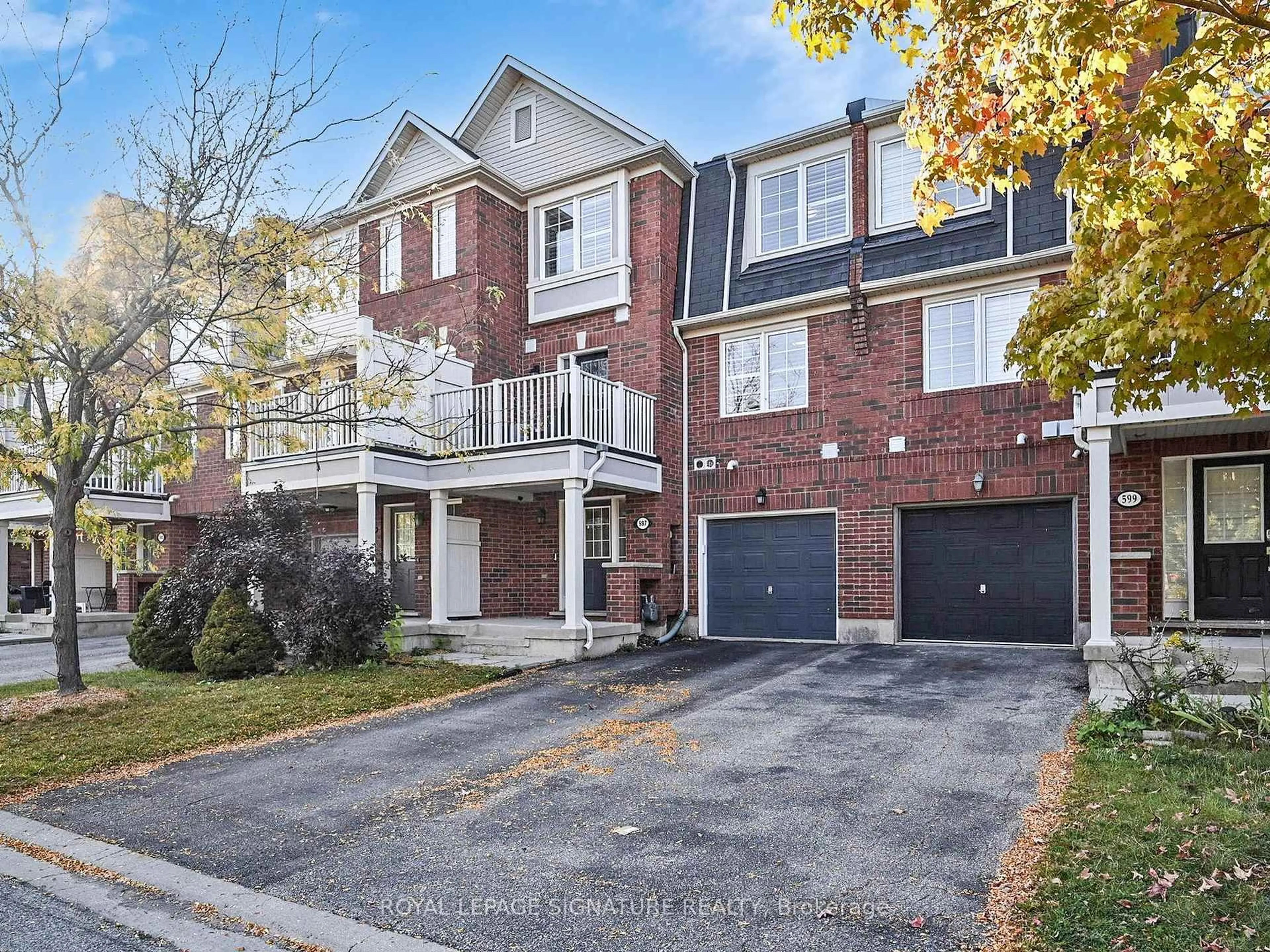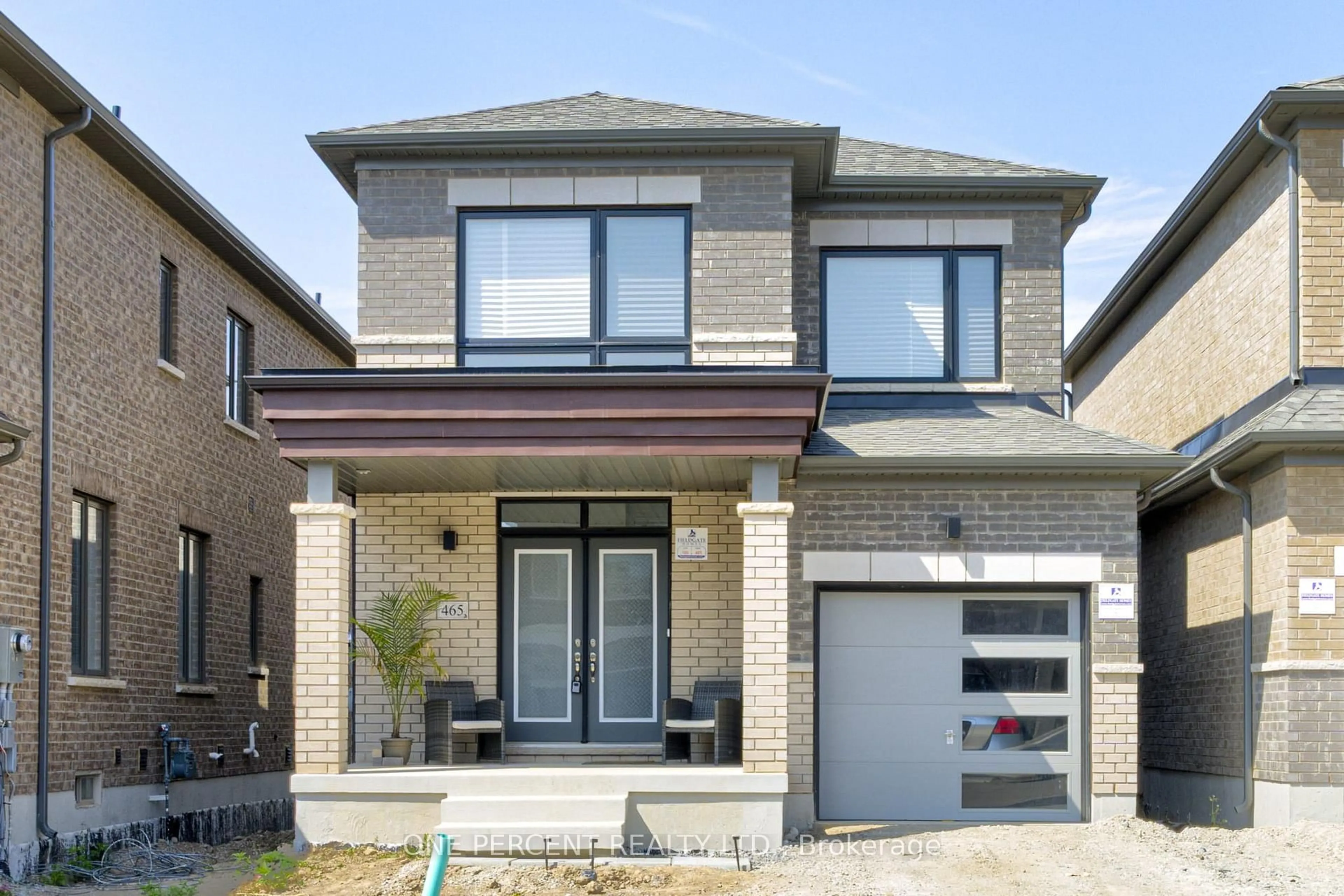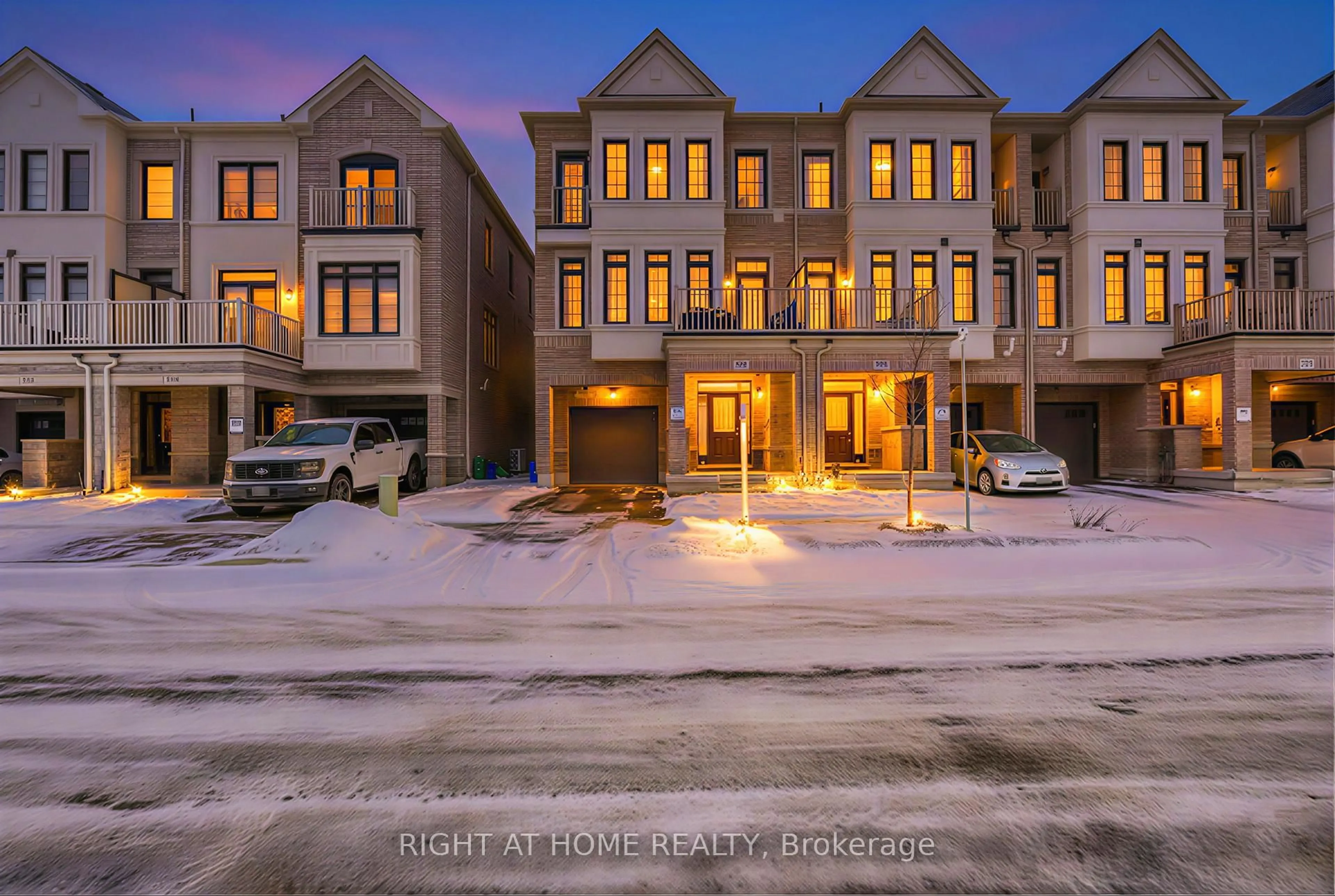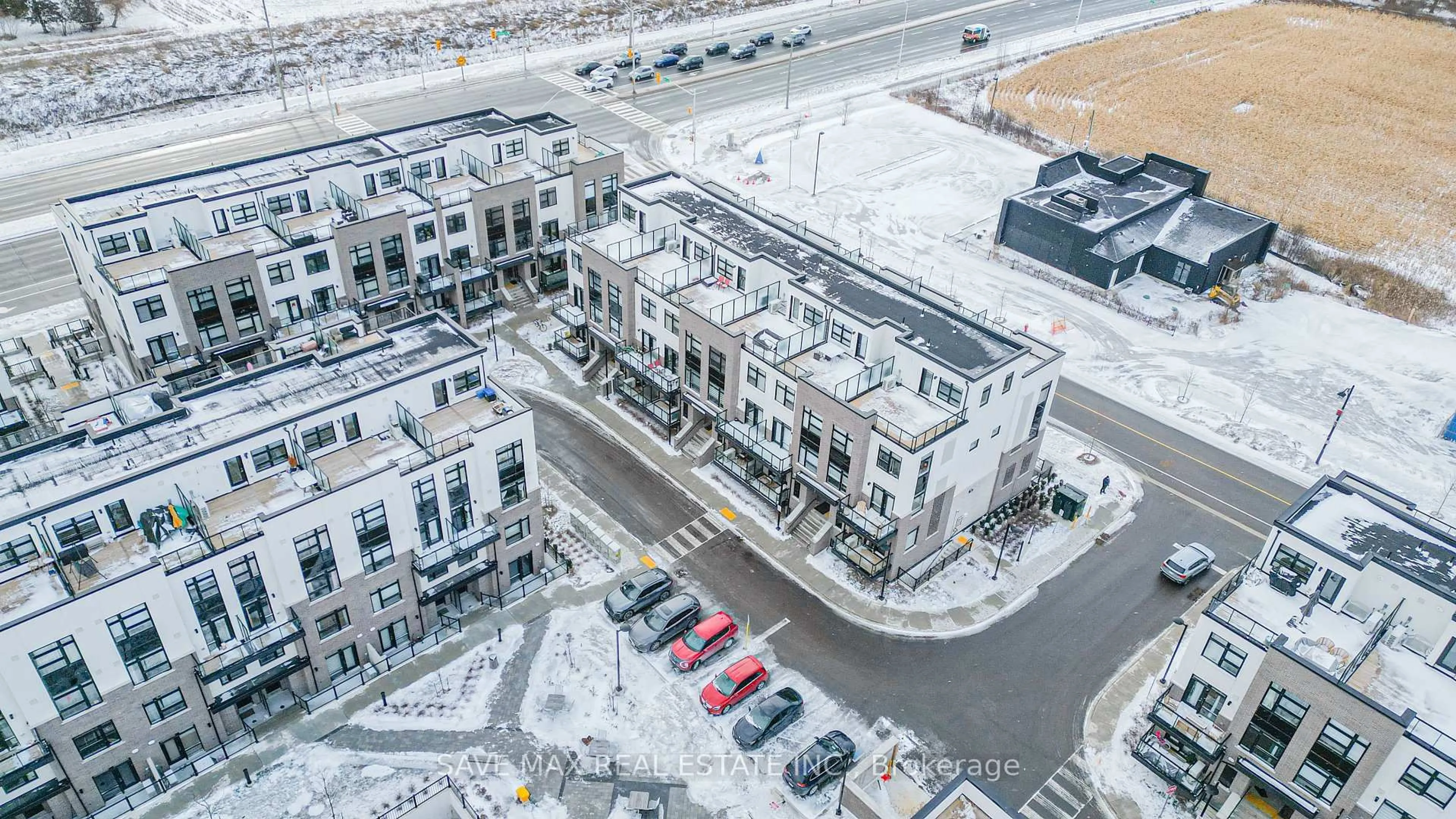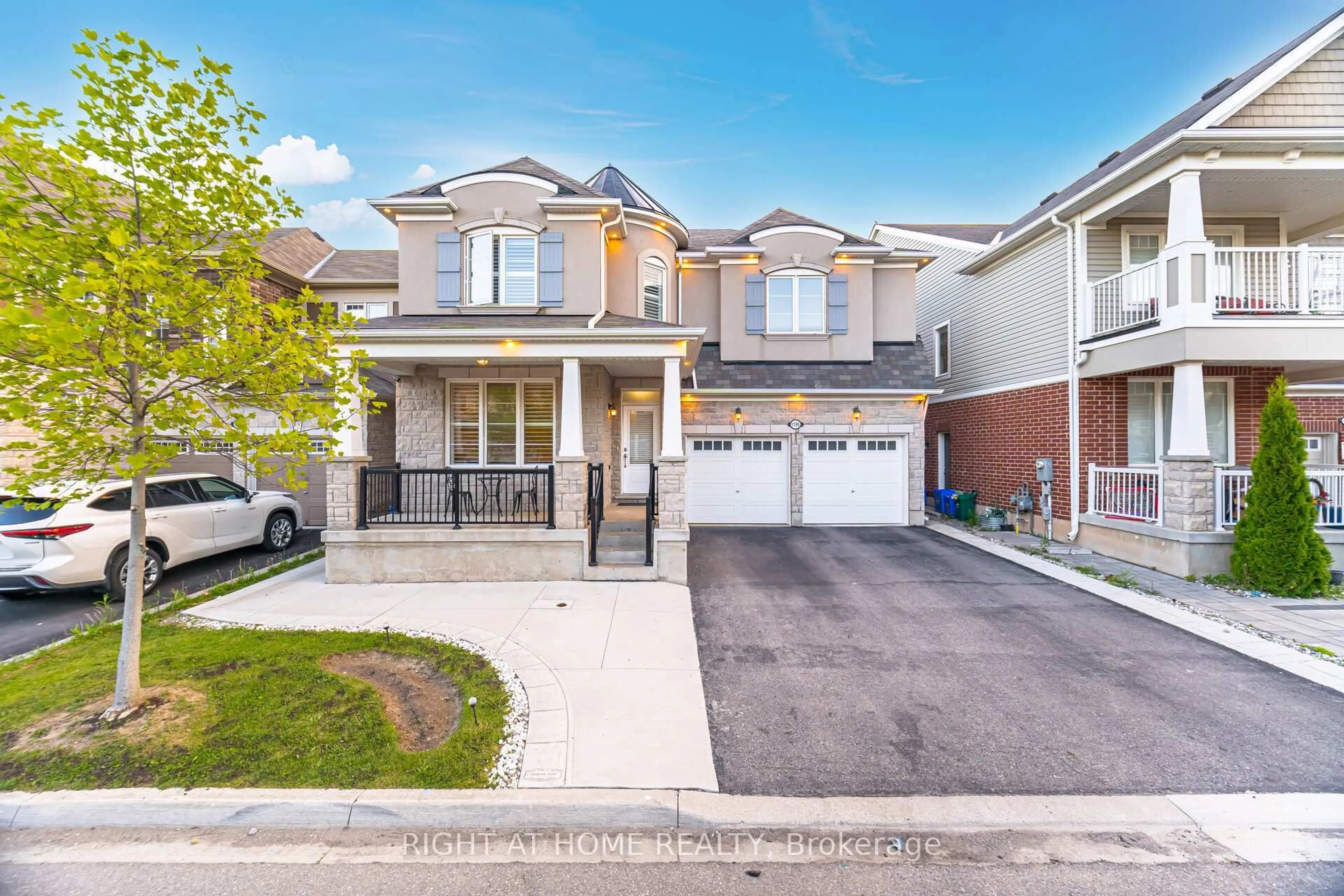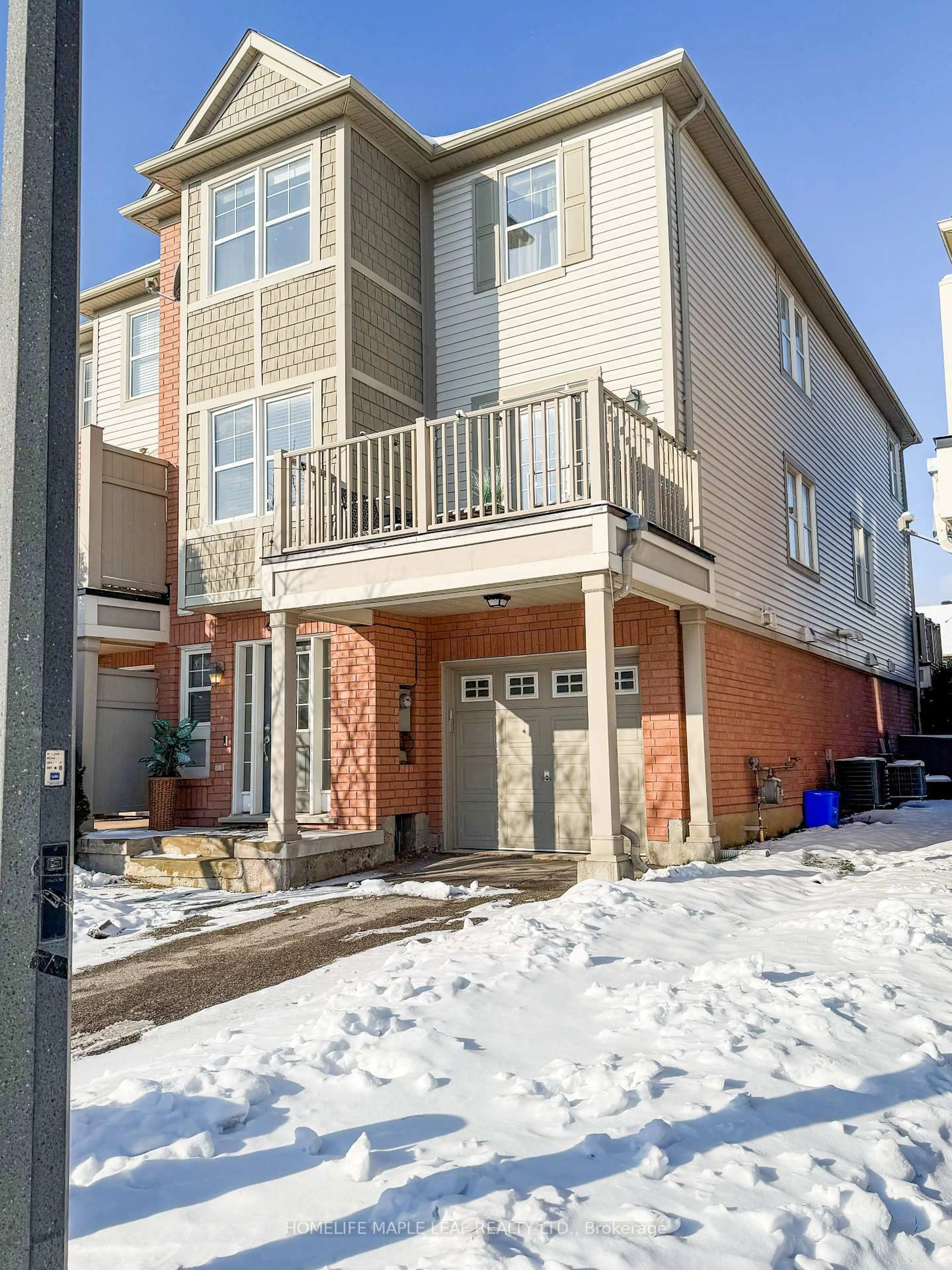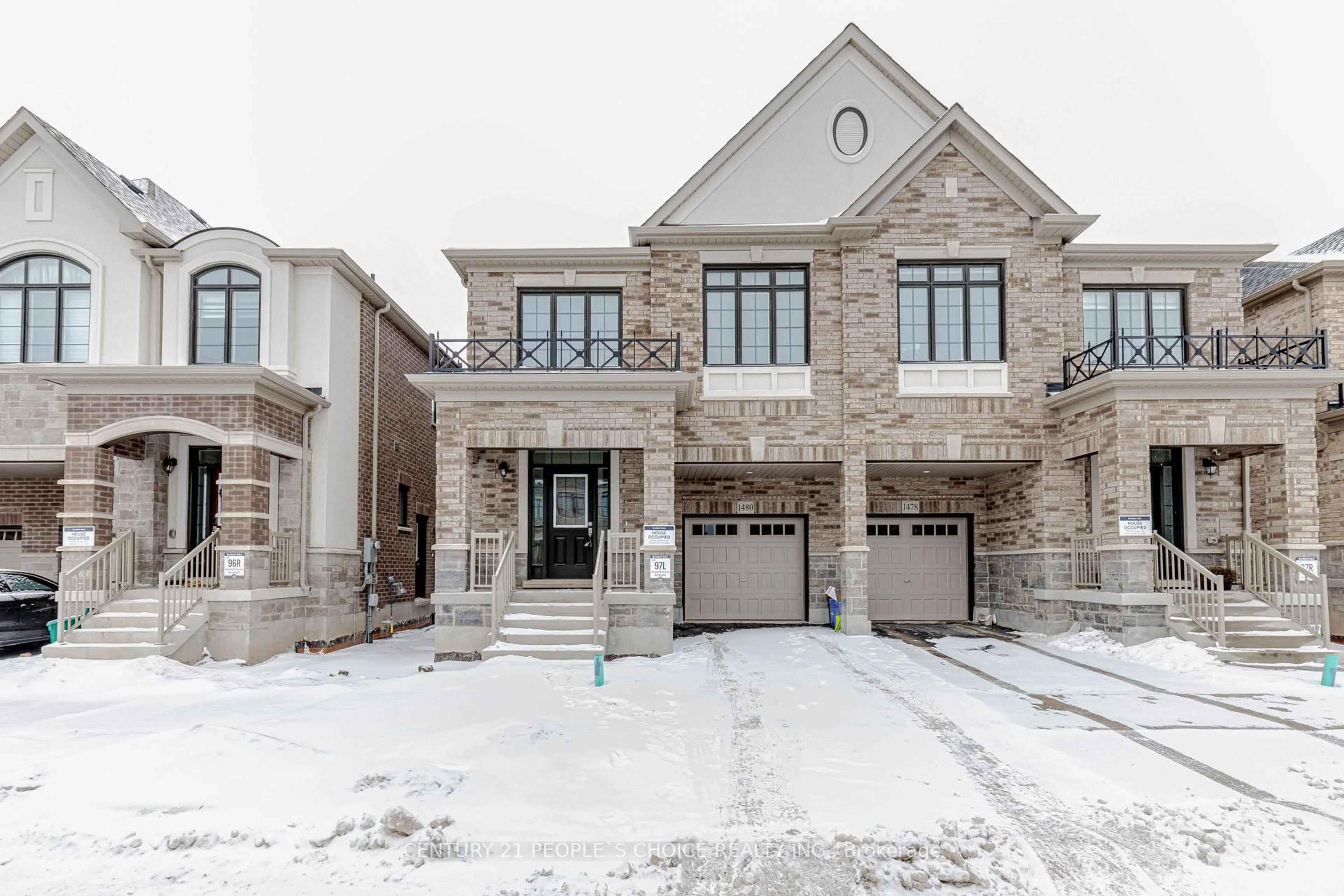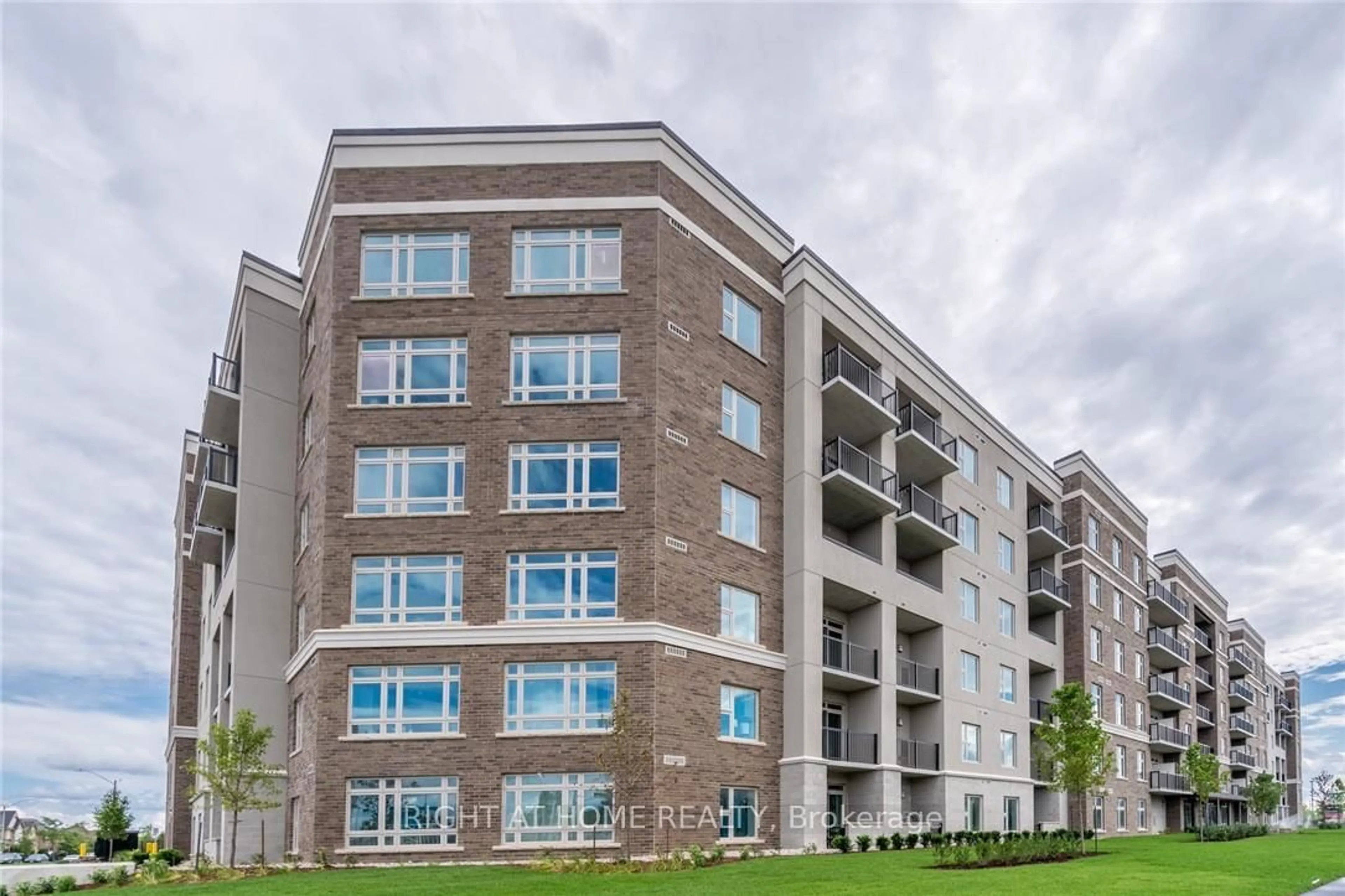Days on market
Bedrooms
Bathrooms
Property type
Homes For Sale in Milton
401 Business ParkBeatyBowesBronte MeadowsBrookvilleCampbellvilleClarkeCoatesCobbanDempsey ParkEsquesingFordMilton HeightsMoffatNelsonOld MiltonScott BoulevardTimberleaTrafalgarWillmont
Tour homes in this area
We'll be in touch shortly to help you with your home search.
Milton Real Estate Market FAQs
Last updated Jan 4, 2026How many real estate listings are currently for sale in Milton?
As of today, the Milton real estate market currently has 176 detached homes, 22 semi-detached homes, 89 condos, and 55 townhouses, totaling 342 listings in Milton.
How many new properties were listed in Milton in the last 30 days?
In the last month, Milton has 52 new detached homes, 0 new semi-detached homes, 25 new condos, and 29 new townhouses, totaling 106 new properties listed.
How many open houses are there in Milton?
As of today, there are 8 open houses in Milton
How much does a detached home cost in Milton?
In the last month, the median sold price for a detached home price in Milton is $1,160,500, which is an decreased of 0.5% on the same period last year.
How much does a condo cost in Milton?
In the last month, the median sold price for a condo price in Milton is $592,500, which is an decreased of 6.3% on the same period last year.
How much does a townhouse cost in Milton?
In the last month, the median sold price for a townhouse price in Milton is $805,000, which is an decreased of 11.8% on the same period last year.
Population & demographics
Total population
136,275
Population age (%)
Household
Average household income
$150,243
Household composition (%)
Owners / Renters (%)
Mother Tongue (%)
How much does it cost to live in Milton?
Detached
Median Selling Price$1,160,500
Average Days on Market
35.41
#Active Listings (December)
192
#Sold Listings (December)
34
Semi-Detached
Median Selling Price$882,450
Average Days on Market
51.33
#Active Listings (December)
21
#Sold Listings (December)
12
Townhouse
Median Selling Price$805,000
Average Days on Market
38.56
#Active Listings (December)
59
#Sold Listings (December)
27
Condo
Median Selling Price$592,500
Average Days on Market
49.25
#Active Listings (December)
91
#Sold Listings (December)
8
Top 5 Schools in Milton
Milton Review
Transportation
Car Friendly
Good access to freeways and major arteries, with a large amount of parking nearby
Pedestrian Friendly
Other transportation modes are needed to reach day-to-day needs
Transit Friendly
Few transit options
Shopping, Food and Nightlife
Cafes
Few or no cafés within walking distance
Groceries
No grocery stores within walking distance
Nightlife
Few or no bars within walking distance
Shopping
Few or no shops within walking distance
Restaurants
Few or no restaurants within walking distance
Greenery & Character
Quiet
Some sources of noise nearby
Vibrant
Quiet atmosphere at all hours
